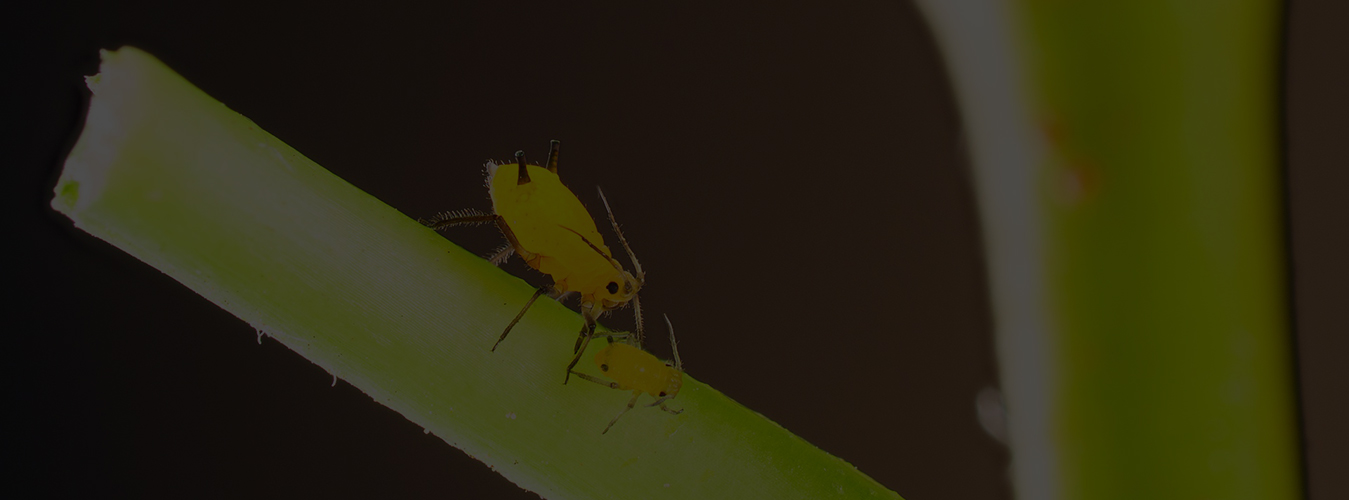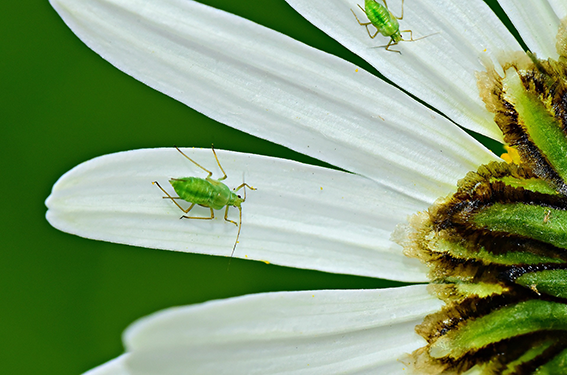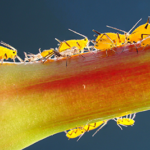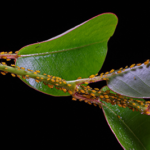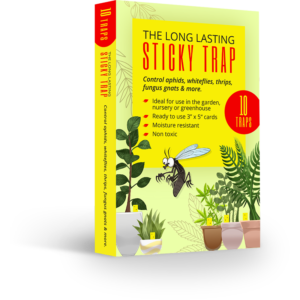Your cart is currently empty!
Damage
Saliva injected into plants by aphids may cause leaves to pucker or to become severely distorted, even if only a few aphids are present. Heavily-infested leaves can wilt or turn yellow because of excessive sap removal. Feeding on flower buds and fruit can cause malformed flowers or fruit. Also, aphids produce sugary liquid waste called “honeydew” which causes the growth of a fungus called sooty mold, turning the leaves black. On the other hand, honeydew can attract other insects such as ants, that feed on the sticky deposits. Even worse, many species of aphids carrying viruses on their mouthparts and are very important vectors of plant viruses.


